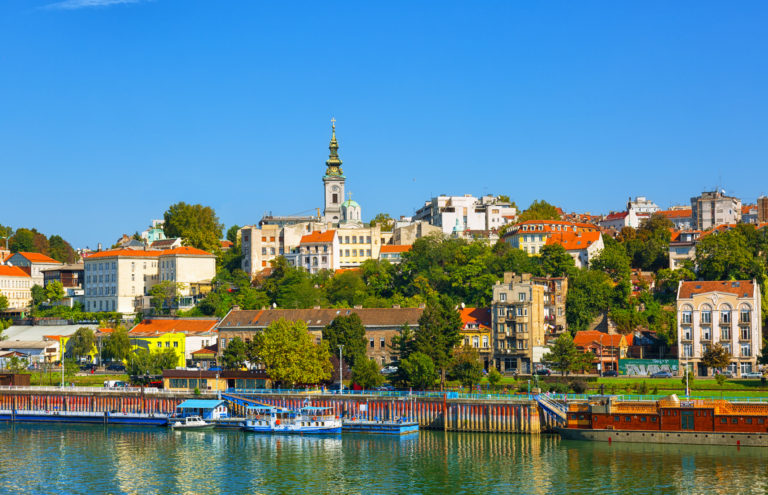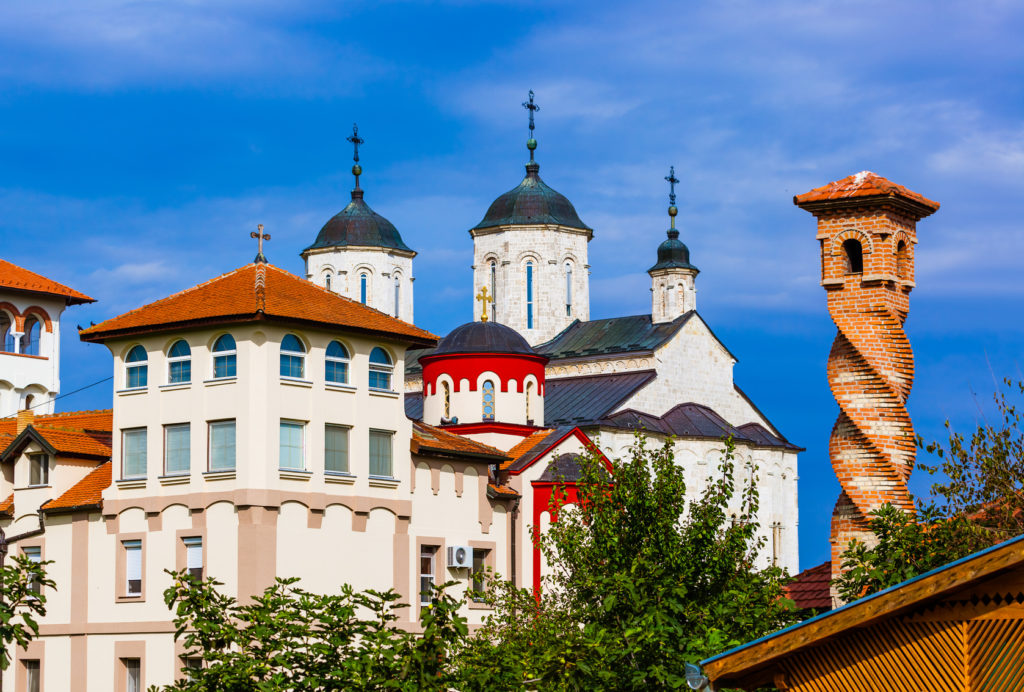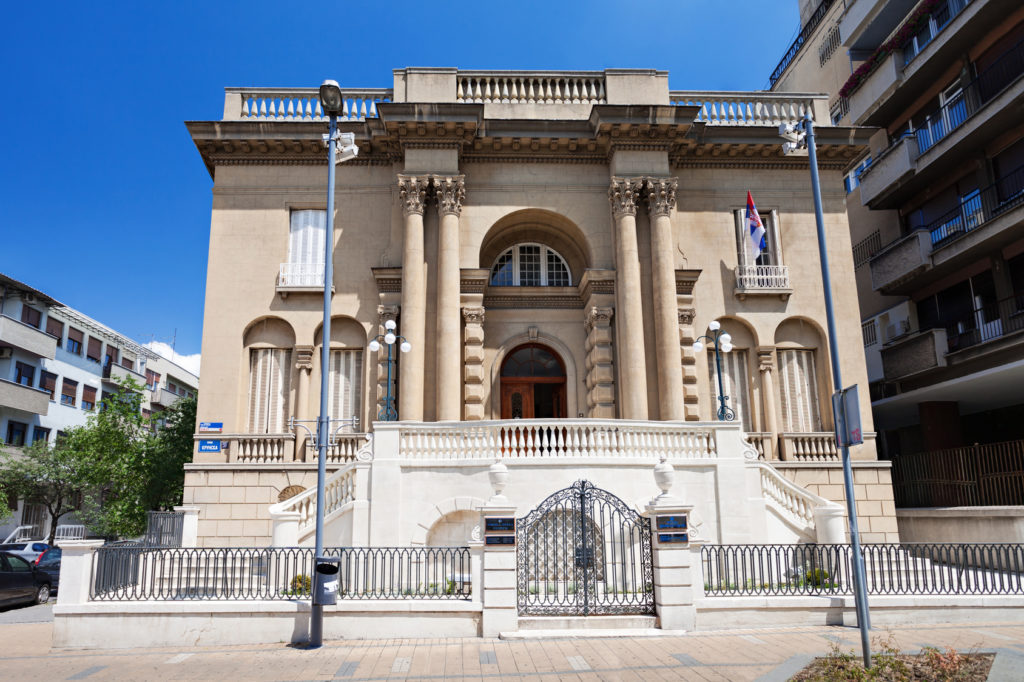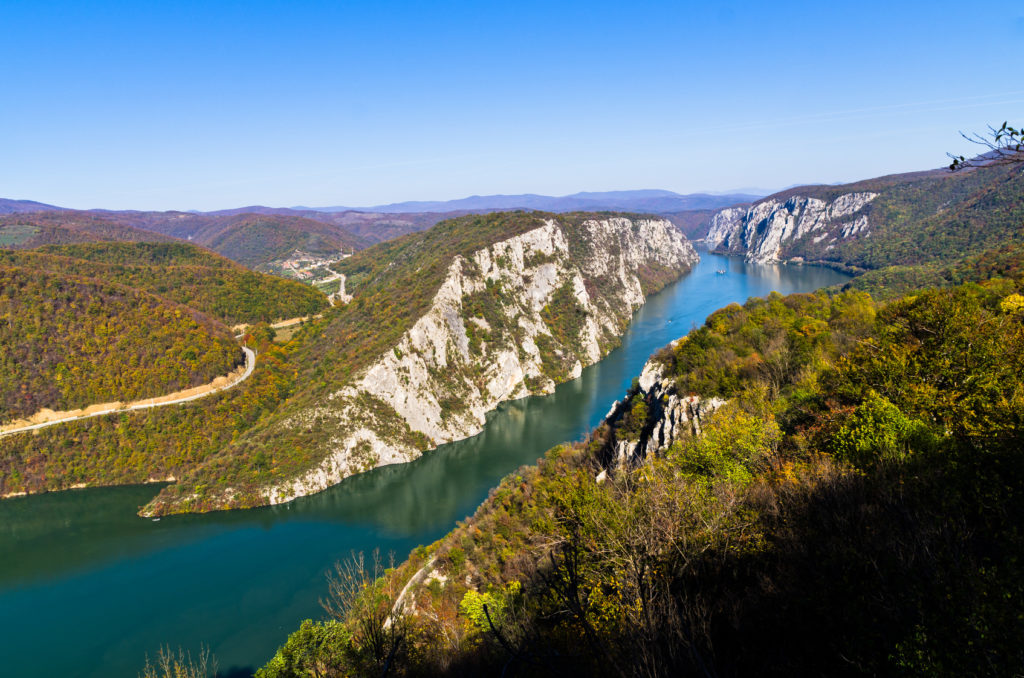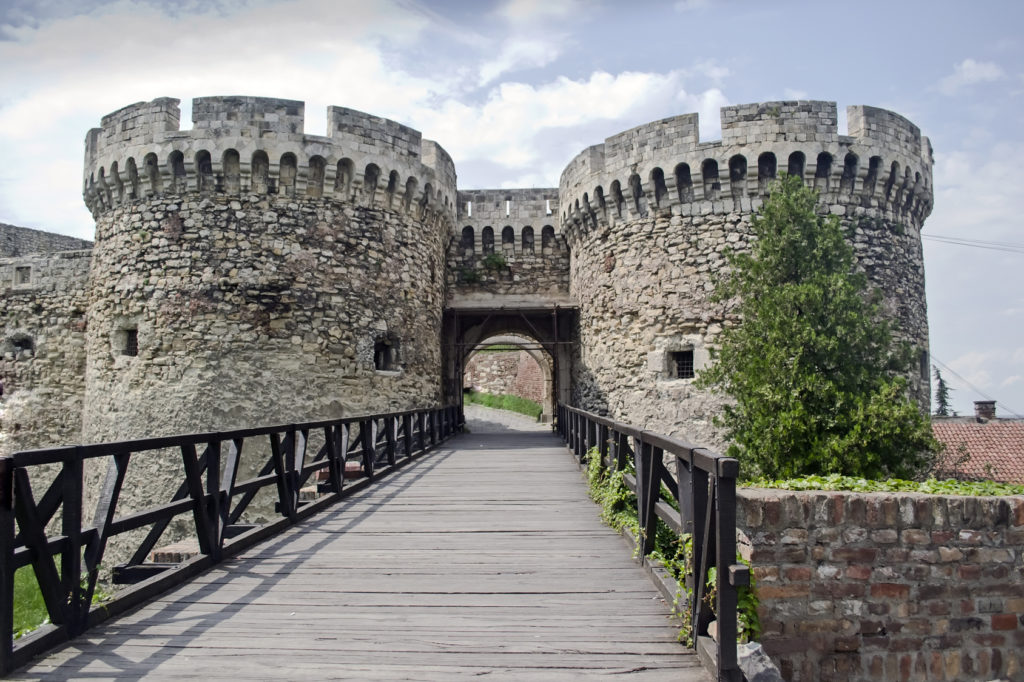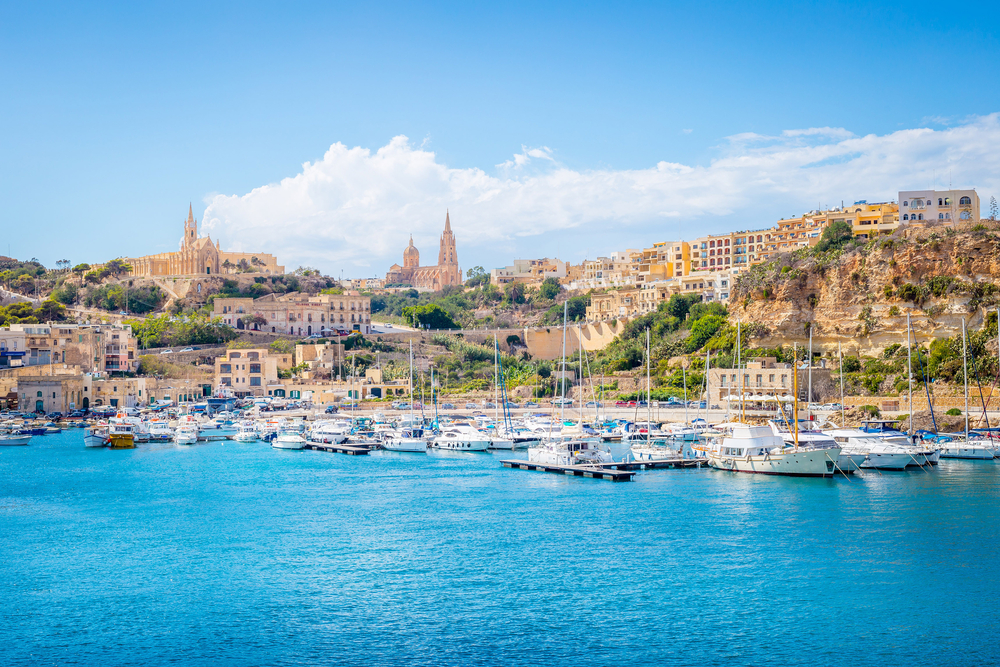Introduction
Located in south-east Europe’s Balkan Peninsula, Serbia is an extremely boisterous, beautiful, fascinating and welcoming country. It has one of Europe’s hottest party destinations in the capital city of Belgrade, making it a very popular destination for young backpackers. It is also a diverse country, with idyllic villages, epic national parks, mountains and ski resorts all contained within its small territory.
Some may be daunted by Serbia’s feistiness, diversity and complex and violent history, but it is well known for being a warm and welcoming nation. It is no longer known for the difficulties of the 1990’s and the Yugoslav wars, but instead for its lively parties, scenic vistas, skiing, world-class tennis players and the extremely popular EXIT Festival held in the northern town of Novi Sad.
Some may feel out their comfort zone initially, but this will quickly dissipate after meeting the locals, soaking up the lively atmosphere and joining in the fun.
What to Do
Belgrade is a premier tourist destination and not just for the fantastic nightlife. There are many great cultural activities and places to visit, plus a unique atmosphere to enjoy whilst strolling the streets.
The history of Belgrade and the entire country is crucial to understanding the nation, making museum tours and guides a must during your stay. Belgrade Underground is a captivating tour through underground bunkers, passageways and caves which explore the Serbian history from Roman times through to the Cold War. The Nikola Tesla Museum, meanwhile, is an intriguing (and less bloody) museum with plenty of interactive elements to help you understand the man and his great work.
To the south of Belgrade you will find dramatic mountainous areas, where you will discover its religious and cultural heritage with three remarkable monasteries – Sopoćani, Žiča and Studenica. These are certainly worth visiting and particularly if the energy of Belgrade becomes too much.
Novi Sad, home to the annual EXIT Festival, is also a wonderful destination that features stunning architecture, a dramatic citadel and plenty of cultural activities; this makes it a great alternative to the capital. If your timing is just right, you may be able to check out the four-day rock festival (which is also highly recommended if you are a fan of live music and festivals).
Local Cuisine
Much like the land itself, the Serbian cuisine is extremely varied. Here you will find a fusion of Balkan, European and Oriental cuisines, but expect to eat a lot of meat, pastry and vegetables. Most meals are high in calories and will leave you stuffed for hours.
Popular dishes include Ćevapi (sausage-shaped grilled meat served with onions, sour cream etc.), Pljeskavica (patty served with kajmak milk cream, ajvar sauce of peppers and urnebes spicy sauce) and Pečenje (whole roasted lamb, goat or pork). Soups, stews and pastries are also hugely popular in Serbia.
Those with a sweet tooth will enjoy Baklava (sweet pastry made of layers of filo pastry sweetened with syrup and filled with chopped nuts) and Krofne (jelly, marmalade, chocolate or jam-filled doughnuts).
Beer is very popular, whilst there are also 5 major wine regions in Serbia. Rakija is a famous Serbian drink which is a strong brandy with plum, apricot, pear and other flavours.
Climate
Serbia has a moderate continental climate, which does not reach the highs or lows of neighbouring countries Greece and Romania. This ensures that it is generally pleasant throughout the year, although the winter can be cold and wet. The summer in July and August sees temperatures average around 21C, which can make the busy Belgrade slightly stuffy and uncomfortable. Late spring or early autumn is the best time to visit, with extended periods of warmth and sunshine. This makes it ideal for hiking and cycling in the great outdoors.
How to Get There
Flying into Belgrade (BEG) airport is the best way to reach Serbia and it will put you in the heart of the action. The airport (renamed to Belgrade Nikola Tesla Airport in 2006) is situated 18km (11 miles) west of the capital, with a Shuttle Direct transfer being the fastest, easiest and most affordable way to reach your destination. This allows you to sit back and enjoy the ride as you approach one of the greatest capital cities in all of Europe.
Travelling to Serbia? Don’t Miss…
- National Park Tara – A particularly revitalising place to visit after spending time in Belgrade, National Park Tara is home to spectacular natural beauty. This includes the canyon of the Drina River – one of the biggest canyons in the world and somewhere that adventure seekers come to raft down the river. You will also find a population of brown bears and the endangered Pančićeva spruce (a striking species of evergreen tree).
- Kalemegdan Fortress – Belgrade is much more than just a party town; it also has a remarkable history. The Kalemegdan Fortress has endured around 115 battles due to its key strategic European position, with the Huns, Romans, Byzantines, Turks and other all battling to capture the fortress and Belgrade. It is now an imposing historic attraction which tells the story of Belgrade’s bloody yet fascinating history.
- Sopoćani – There are three terrific monasteries to choose from, but if you are to only see one, then it should be the magnificent Sopoćani monastery which has become a World Heritage Site. Built between 1259 and 1270, the endowment of King Uros (who is buried there) was destroyed by the Turks in the 1600s but was restored in the 1920s. It features amazing frescos of medieval art, including the famous Assumption of the Virgin Mary.H
About Shuttle Direct
Shuttle Direct is a leader in transfers from airports, train stations, cruise ports and hotels throughout Europe. Their team of experts can arrange simple, fast and efficient journeys to and from places of interest across the country.
Book your shuttle or private transfer today and make your journey a stress-free experience.

